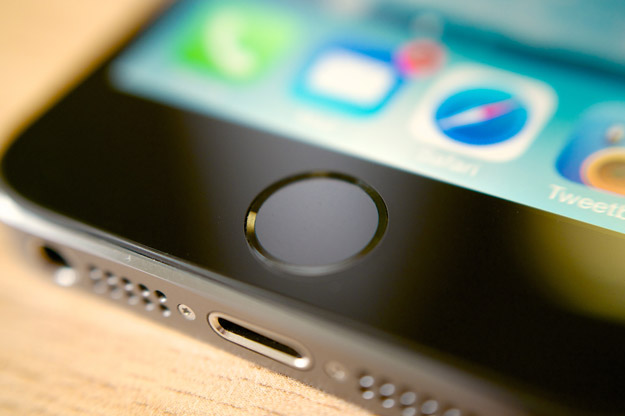Apple Patent Transforms iPhone Touch ID Into Panic Button For 911 Emergency Calling
Getting in contact with emergency services can be a matter of life and death, which is why it is incredibly easy for citizens to get in contact with dispatchers. Most countries provide a three-digit number that can be quickly dialed, with most everyone recognizing “911” for emergency services in the United States.
However, a newly uncovered Apple patent would make it even easier to get in contact with first responders. The patent, which was granted to Apple on Tuesday, describes a method by which Touch ID can be used to trigger a call to 911. The feature could be activated by a pattern of taps on the Touch ID button or even by the amount of force that you exert.
This so-called “panic command” would allow a user to discretely dial for help without having to take their phone out of his or her pocket. In a situation where a potential victim is face-to-face with an attacker or perhaps in a hostage situation, the ability to “blindly” dial 911 while not alerting others to your actions could be extremely beneficial.
More importantly, this panic mode would allow the iPhone to automatically provide the geographic location of the caller along with streaming audio or video. In addition, Apple would allow certain fingers to be associated with 911 dialing, which would make accidental activation less likely (and reduce the frustration of 911 operators).
It’s definitely an intriguing feature that would be a welcome addition to the iPhone family. However, as this is simply a patent filing, there is no indication if the feature will make it into future iPhones. And given the cloud of uncertainty that is currently swirling around Touch ID, how this feature would ultimately be implanted also remains to be seen.
In other 911 news, we reported yesterday that OnePlus has found itself in a bit of a dangerous situation. Some OnePlus 5 users are reporting that dialing emergency services results in their phones performing a reboot instead.
(Article Image Courtesy: Kārlis Dambrāns/Flickr)


